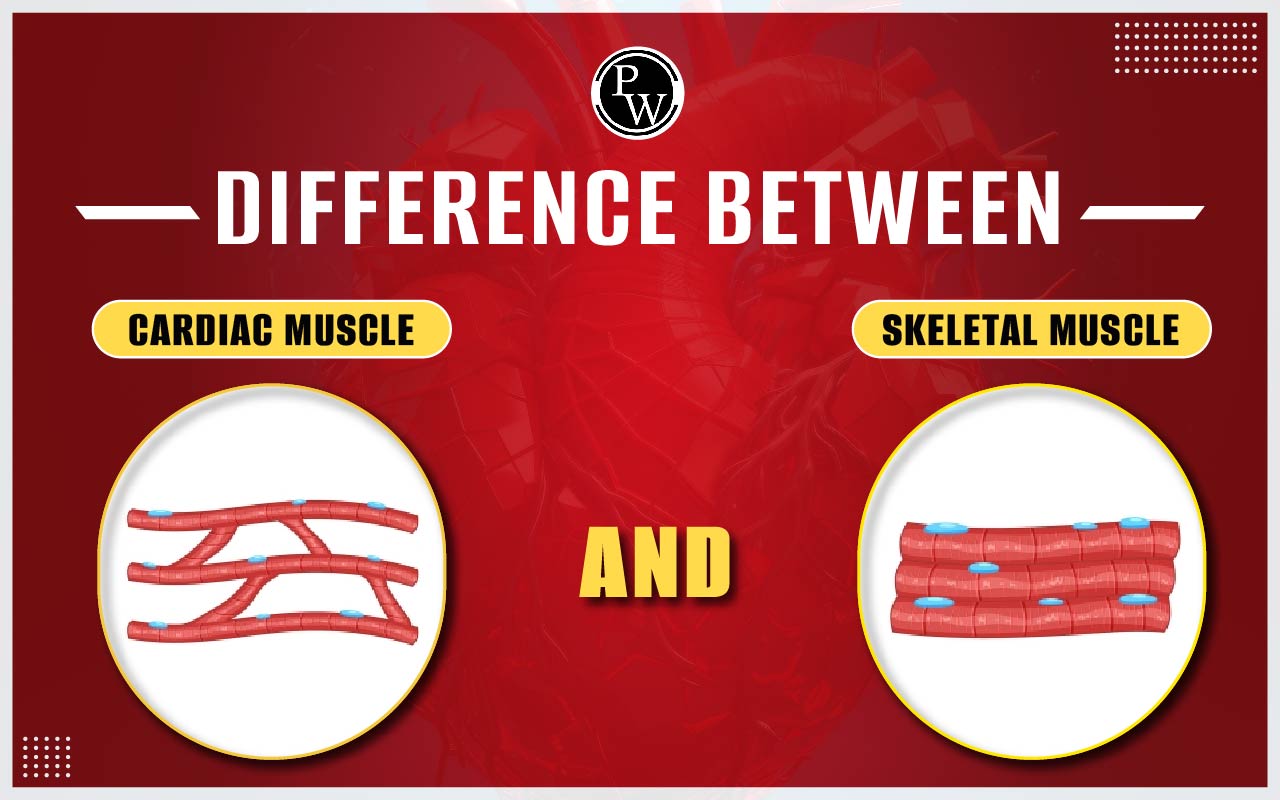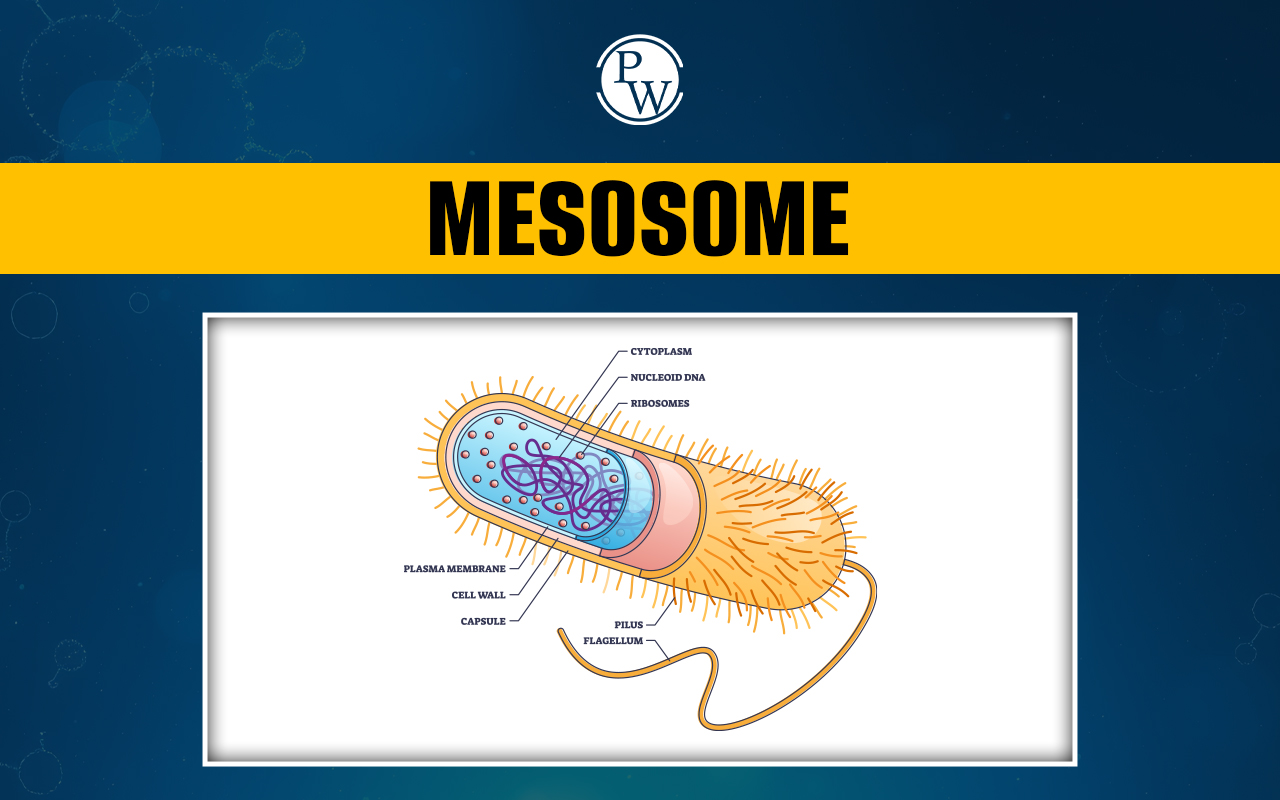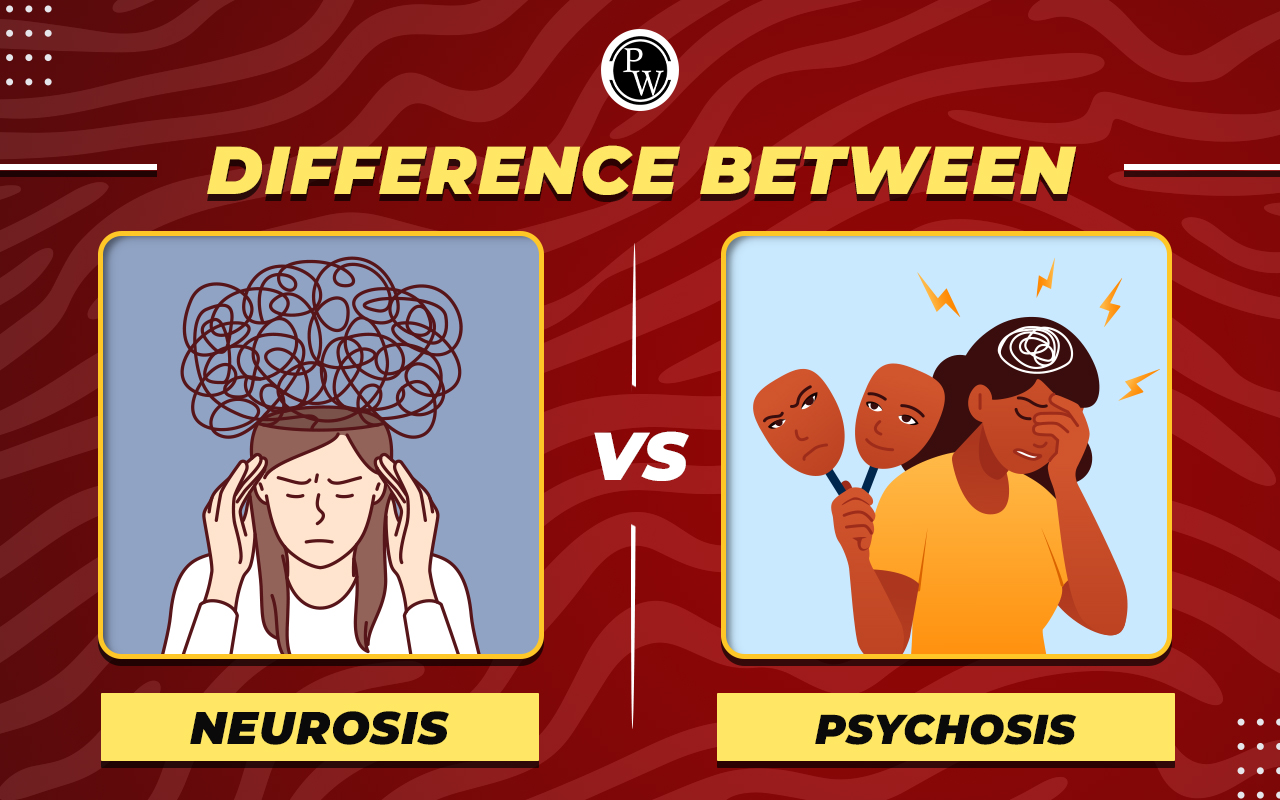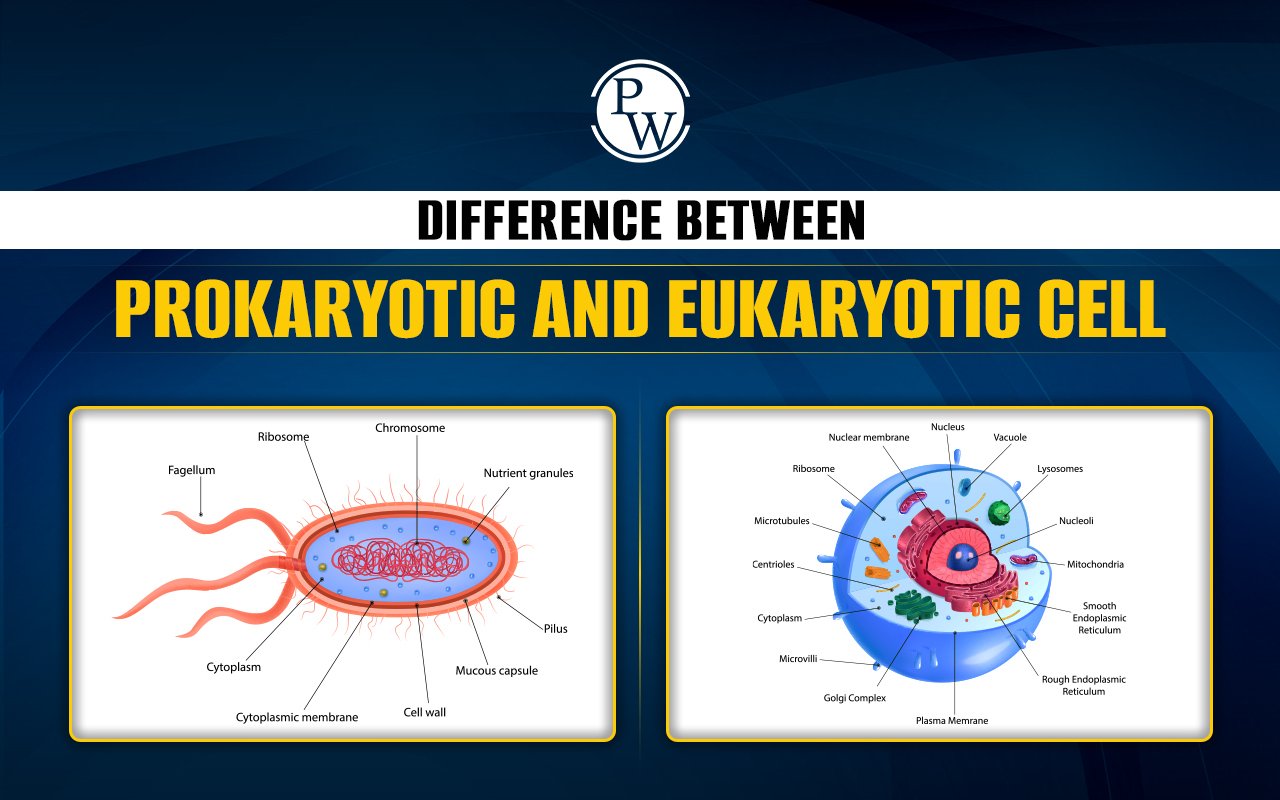
Plantae: Kingdom Plantae, also called the plant kingdom, is one of the most fundamental groups in biology. It includes a vast diversity of organisms, ranging from tiny mosses to towering trees. Plants play a crucial role in the earth's ecosystems by producing oxygen and serving as the primary source of food for many organisms, including humans.
Their study is essential for the NEET Exam as the Plantae kingdom is a core topic in the NEET biology syllabus .Also Check:
- Free Toppers Notes for NEET
- Free NEET Lectures by PW Expert Faculties
- NEET Study Material, Free Sample Papers, Book, Toppers Notes, PYQs
Definition of Plantae
The kingdom Plantae includes all multicellular organisms commonly known as plants. These organisms are primarily autotrophic, meaning they can produce their own food through photosynthesis, a process that uses sunlight, carbon dioxide, and water to create glucose. Plants have a rigid cell wall made of cellulose, which provides structural support, and chloroplasts containing chlorophyll that capture light energy. In simple terms, Plantae encompasses a diverse range of organisms, from tiny mosses to towering trees, all sharing the ability to photosynthesize and contribute to the ecosystem.Characteristics of Plantae
Plants exhibit a unique set of characteristics that distinguish them from other kingdoms. Here are some essential features of Plantae:- Cell Structure: Plants are eukaryotic and have cell walls made of cellulose. Their cells also contain chloroplasts, the organelles responsible for photosynthesis. Other organelles, such as a large central vacuole, are also common in plant cells.
- Photosynthesis: One of the most crucial characteristics of plants is their ability to carry out photosynthesis . Using sunlight, carbon dioxide, and water, plants produce glucose and release oxygen as a byproduct.
- Autotrophic Nutrition : Plants are autotrophs, meaning they can produce their own food. This distinguishes them from heterotrophic organisms, which must consume other organisms for energy.
- Reproduction : Plants can reproduce sexually, involving gametes, or asexually, through methods like budding, fragmentation, and vegetative propagation. In higher plants, reproduction often involves complex life cycles that alternate between a diploid (sporophyte) stage and a haploid (gametophyte) stage.
- Growth and Development : Plants exhibit indefinite growth due to the presence of meristematic tissues, which allow continuous growth at specific regions like roots and shoots.
- Life Cycle: Most plants show alternation of generations, where they alternate between a multicellular diploid (sporophyte) phase and a multicellular haploid (gametophyte) phase. This complex life cycle allows for genetic variation and adaptability in plants.
Classification of Kingdom Plantae
Kingdom Plantae is divided into various groups based on characteristics such as the presence of vascular tissues, seeds, and flowers. The main classifications within Plantae include:Thallophyta (Algae)
Thallophyta, commonly known as algae , are simple, autotrophic, and non-vascular plants with basic structural features. They lack true roots, stems, and leaves, and their reproductive organs are unicellular without embryo formation. Algae are predominantly found in aquatic environments and adapt to specialized habitats:- Cryophytes : These algae thrive in cold environments, growing on snow or ice.
- Thermophytes: Found in hot water habitats, these algae can survive high temperatures.
- Epiphytes: Epiphytic algae grow on other plants, including other algae or angiosperms. Examples include Oedogonium, Cladophora, and Vaucheria.
- Endophytes : Certain blue-green algae grow inside other plants. For instance, Anabaena can be found as an endophyte inside the leaves of the fern Azolla.
- Parasites : Cephaleuros virescens is an example of a parasitic alga that grows on tea leaves.
- Algae play a crucial role in ecosystems as primary producers, providing oxygen and food to aquatic organisms. They are also economically important, with certain algae used in food, medicine, and industrial applications.
Bryophyta
Bryophyta, derived from the Greek words Bryon (moss) and phyton (plants), represent the simplest and most primitive group of land plants. Known as the "amphibians of the plant kingdom," bryophytes require moist and shady environments for reproduction. However, some species can also survive in extremely dry or aquatic habitats.- Structure and Reproduction: Bryophytes have a simple body structure with no true roots, stems, or leaves. They reproduce sexually with distinct male and female reproductive organs:
- Antheridium is the male sex organ that produces motile sperm.
- Archegonium is the female sex organ that produces eggs.
- Habitats and Adaptations : Bryophytes are predominantly found in moist environments, but certain species have adapted to a variety of conditions, from arid regions to watery habitats. Bryophytes are ecologically significant as they play a role in soil formation and prevent soil erosion.
Pteridophyta
Pteridophytes, derived from the Greek words Pteron (feather) and phyton (plants), include ferns and related plants known for their feather-like fronds. These vascular plants are characterized by the absence of flowers and seeds and predominantly occupy terrestrial and shady environments. Pteridophytes have a dominant sporophytic life stage and are an evolutionary advancement due to their vascular system.- Structure and Reproduction: Pteridophytes possess true roots, stems, and leaves. They reproduce through spores and follow an alternation of generations, with a dominant sporophyte phase. The sporophytic plant body has a single apical cell with three cutting faces in the shoot apex.
Classification of Pteridophytes:
- Pteridophytes are classified into four main sub-phyla:
- Psilopsida: These are the oldest known vascular plants, mostly found as fossils, with a relatively undifferentiated body. Examples include Psilotum, and they lack true roots, instead having a dichotomously branched rhizome
- Lycopsida (Club Mosses) : Plants in this group have a well-differentiated body with roots, stems, and leaves. Leaves are typically small (microphyllous) with a single, unbranched vein, and sporangia develop in the axils of sporophylls.
- Sphenopsida (Horsetails): Characterized by jointed stems with nodes and internodes, these plants have microphyllous leaves arranged in whorls at each node. An example is Equisetum.
- Pteropsida (True Ferns): These plants have a highly differentiated body with roots, stems, and large, pinnately compound leaves (megaphyllous). Examples include species like Pteris and Adiantum.
Gymnosperms
Gymnosperms , meaning "naked seeds," are plants whose ovules are not enclosed by an ovary wall and remain exposed before and after fertilization. They include medium-sized trees, tall trees, and shrubs, with the giant redwood (Sequoia) being one of the tallest tree species. Notable features of gymnosperms include:
- Roots: Typically tap roots, with some associated with fungi (mycorrhiza) or nitrogen-fixing cyanobacteria (e.g., Cycas).
- Stems : May be unbranched or branched, with simple or compound leaves.
- Reproductive structures: Gymnosperms are heterosporous, producing haploid microspores and megaspores within sporangia on sporophylls. The male strobili (cones) produce pollen grains, while female strobili bear ovules.
Angiosperms
Angiosperms , or flowering plants, are the most diverse and dominant group of vascular plants on Earth. Their widespread distribution and adaptability make them the primary contributors to the Earth’s greenery and floral diversity. The term "angiosperm" means "enclosed seed," as their ovules (potential seeds) are enclosed within a hollow ovary. Angiosperms are divided into two major groups: Dicotyledons (Dicots) :- Dicotyledons typically have taproots.
- Leaves show reticulate (net-like) venation.
- Flowers are tetramerous or pentamerous, having four or five floral parts.
- These are arranged in a ring, typically with 2–6 open bundles that contain cambium.
- Dicots have two cotyledons (seed leaves).
- Monocots generally have adventitious roots.
- Leaves have parallel venation.
- Flowers are trimerous, with three parts per floral whorl.
- Scattered in the ground tissue and closed (without cambium).
- Monocots have a single cotyledon. Examples include cereals, bamboos, sugarcane, palms, bananas, lilies, and orchids.
Importance of Kingdom Plantae
The classification of plants helps us understand their evolutionary relationships and the characteristics that distinguish one group from another. This systematic approach aids in the study of botany and ecology, with practical applications in agriculture, horticulture, forestry, and environmental conservation.MCQs of Plantae
Q1. Kingdom Plantae includes;
- All eukaryotic chlorophyllous organisms.
- Some prokaryotic chlorophyllous organisms.
- Few eukaryotic partial heterotrophic plants.
- Few prokaryotic partial heterotrophic plants.
- A and C
- B and D
- A, B, and C
- A, C and D
Q2. How many of the following are not included in the plant kingdom? Algae, fungi, bryophyte, bladderwort, pteridophyte, gymnosperm, angiosperm
- Zero
- One
- Two
- Three
Answers of MCQs of Plantae
Ans1. All eukaryotic chlorophyllous organisms. Ans2. One Physics Wallah (PW) offers the Best NEET Online Coaching in India, designed to make quality education accessible to all aspiring medical students.| NEET Exam Important Links | |
|---|---|
| NEET Syllabus | NEET Biology Diagrams |
| NEET Biology MCQ | NEET Biology Chapter wise Weightage |
| NEET Biology Notes | NEET Previous Year Question papers |
Plantae FAQs
Q. What defines Plantae?
Q. What are five examples of Plantae?
Q. Is Plantae multicellular?
Q. What are the four characteristics of Plantae?
Q. What is the classification of Kingdom Plantae?













